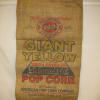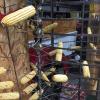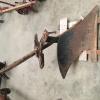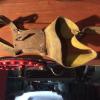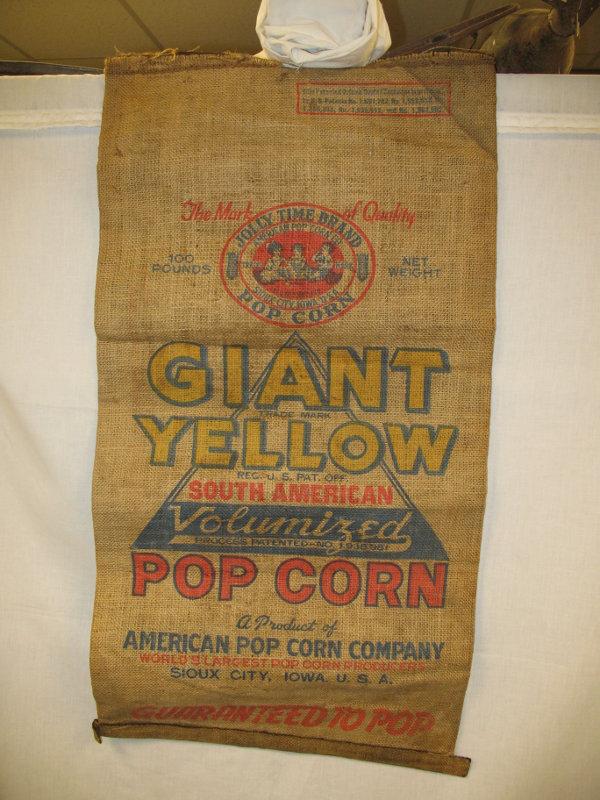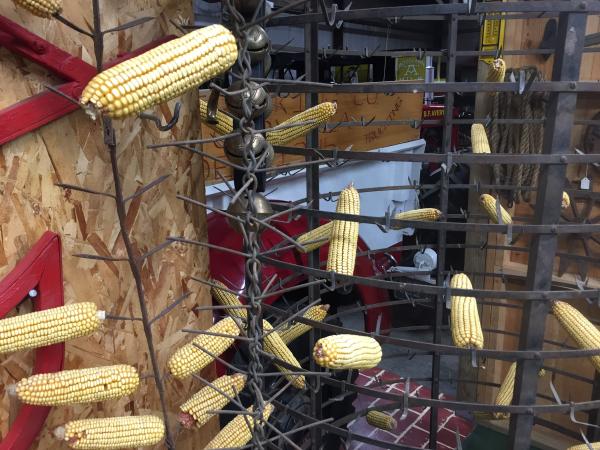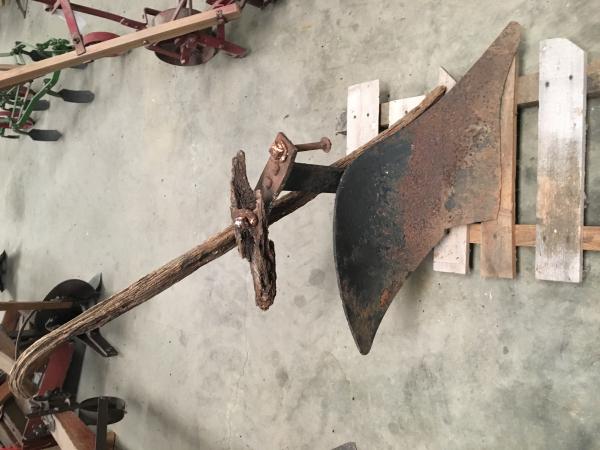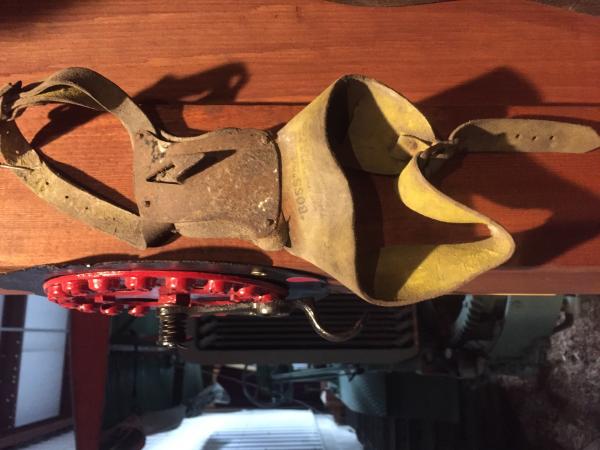Transformation of Technology
| Grade | 4th Grade | Class | Length of Lesson | 40 Minutes |
| Lesson Title | Transformation of Technology |
| Unit Title | The Importance of The Industrial Revolution |
| Unit Compelling Question | How did the Industrial Revolution impact people and the environment? |
| Historical Context: This was a time of technological and agricultural reform. During the time of the industrial Revolution (1760-1840) there were several advancements that made goods made by hand possible to be mass produced. This was seen in agricultural realms as well as fields dealing with transportation, communication, and the production of marketable goods. Largely due to the invention of the steam engine huge advancements were possible in the textiles, iron making, and other industries. Farmland in Iowa was largely changed due to the modifications made to the plow and inventions such as the corn hook. |
|
| Lesson Supporting Question | |
| Lesson Overview | This lesson will give students the opportunity to experience what life was like living before some of the advancements that were made during the Industrial Revolution. Students will also get to experience the simplicity of those same tasks after the Industrial Revolution occurred. The tasks will not necessarily be directly related to what happened in the revolution but activities that are simplified by improvements made to technology. |
| Primary Sources Used |
|
| Resources Needed | |
| Standard | |
| Lesson Target | I can explain cause and effects of events and developments ;I can understand and analyze the impact of technological changes in Iowa across time;I can explain how time has affected Iowa’s agriculture |
| Lesson Themes | |
|
| Formative Assessment (How will you use the formative assessments to monitor and inform instruction?) |
We will be doing a K-W-L chart at the end of our lesson which is a little irregular because these assessments are usually found at the beginning of a lesson but how we will use it allows it to be at the end of our lesson. Students will have 3 columns. The first will be what they know for sure from our 2 lessons on the Industrial Revolution. The second column will be for anything the students are still curious about or would like a deeper explanation of. The final column is for something that they had learned during our previous lesson. Students should have formed an understanding that as a direct result of the Industrial Revolution, a lot of technological advancements were made to improve the lives of those who lived during this time period and today we enjoy those advancements and continue to advance. |
| Summative Assessment (How does the lesson connect to planned summative assessment(s)?) |
The summative assessment will be a before and after poster presentation. The poster will be assigned to each student. The student will draw an invention out of a random bag and create a before and after board of how an invention has changed. The poster will include photos of the before and after, the advancement that was made to improve the invention, and how this inventions improvement has affected our lives as Iowans. The assessment will tell us if students have understood the significance of change and if they can apply that to several different inventions. |
| Author | Alex Alberts | Created | Last Edited | ||||
| Reviewer: Dr. Chad Timm, Simpson College | |||||||
| Lesson Plan Development Notes: Social Studies Methods, Simpson College, Spring 2020 | |||||||

